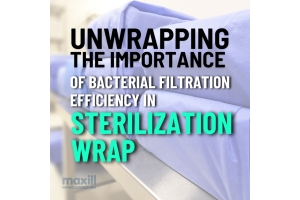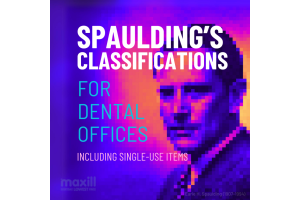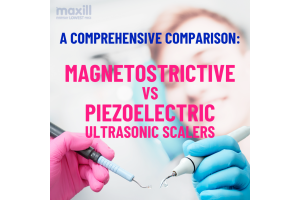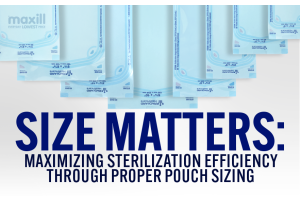A Budget Friendly DUWL Maintenance Program: It Should Not Cost an Arm and a Leg to be Compliant
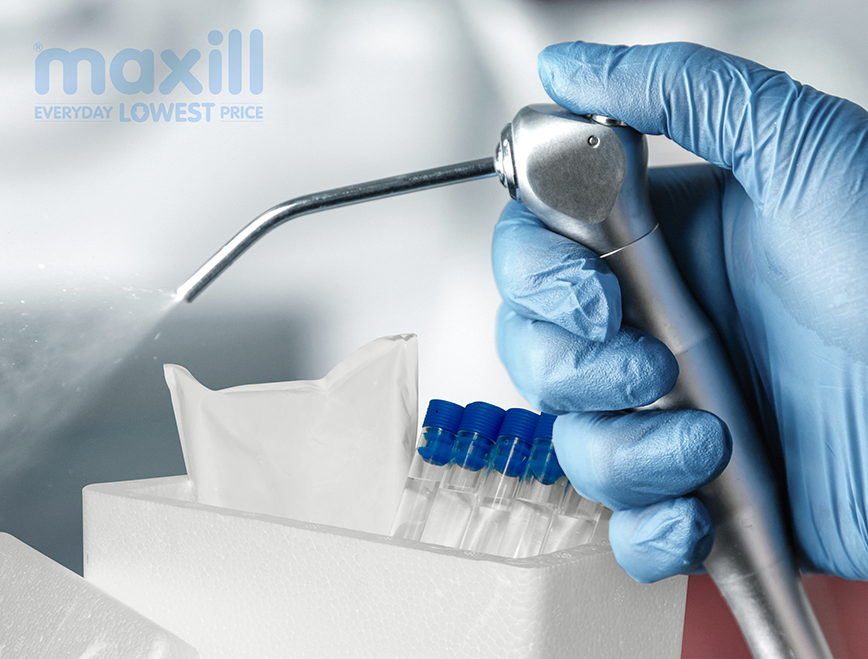
Does every office need a DUWL program?
This can be answered by the equipment the office has. There are two types of water delivery systems in a dental office: direct municipal and closed bottle systems.
The direct municipal has no bottle and is only required to purge the DUWL on opening, closing, and between clients.
However, a closed water system as per the MIFU of the manufacturer of the dental chair or bracket table with the attached bottle, states a program is required to include cleaning, disinfecting, and testing.
At this point, a retrofit from municipal to closed is not mandated. It is important to note that offices do not get confused with the word municipal … if the office uses tap water in their closed bottle system that is not considered municipal. Or if the closed bottle system has a toggle switch to select closed or municipal, again that is still considered a closed bottle system not municipal. All bottle systems, no matter the source of water, need a DUWL program.
What is involved in establishing a DUWL Program?
A DUWL program is simple to organize and implement. It is composed of three elements:
- Clean: Clean the lines with an enzymatic cleaner
- Disinfect: Disinfect the lines with an approved disinfectant
- Test: Test the water coming out of the lines to ensure the regimen selected is working in mitigating the risk of biofilm
How much product is associated with the routine maintenance of cleaning and disinfecting?
An enzymatic cleaner like maxill’s Zymax is very economical … to make 2 L only requires 15 ml of Zymax and 2 L of water!!!
As an enzymatic cleaner it also can be used in the ultrasonic bath and to clean suction lines … one product can do three jobs!!! Saves money and cupboard space!
A disinfectant like maxill’s Aqua Fx mixes at a 1:100 ratio mixed with water! A 250 mL bottle makes 25 L of solution. 1 bottle can easily disinfect an operatory for a full year!!!
Is Aqua Fx safe for the environment?
Its active ingredient is peracetic acid which is 100% biodegradable. Peracetic acid is acetic acid and hydrogen peroxide. Peracetic acid is well known in many other industries: food processing, beverage, medical, pharmaceutical, textile, and pulp and paper. AS all these industries have something in common with dental offices … small narrow plastic tubing where water passes through.
Is testing required? Can it become costly?
As Dr. Jean Barbeau stated 20 years ago … testing is the only means of confirming if the products and program employed are working. There are two types of testing approaches: collect samples of water and send to a laboratory for a full CFU count. Or self-monitoring in office called ‘hygienic monitoring’. Hygienic monitoring allows an office to get as close to a CFU count as possible without the costly water testing fees. Typically, two laboratory tests for an average size office will be equivalent to establishing an in office hygienic monitoring system.




